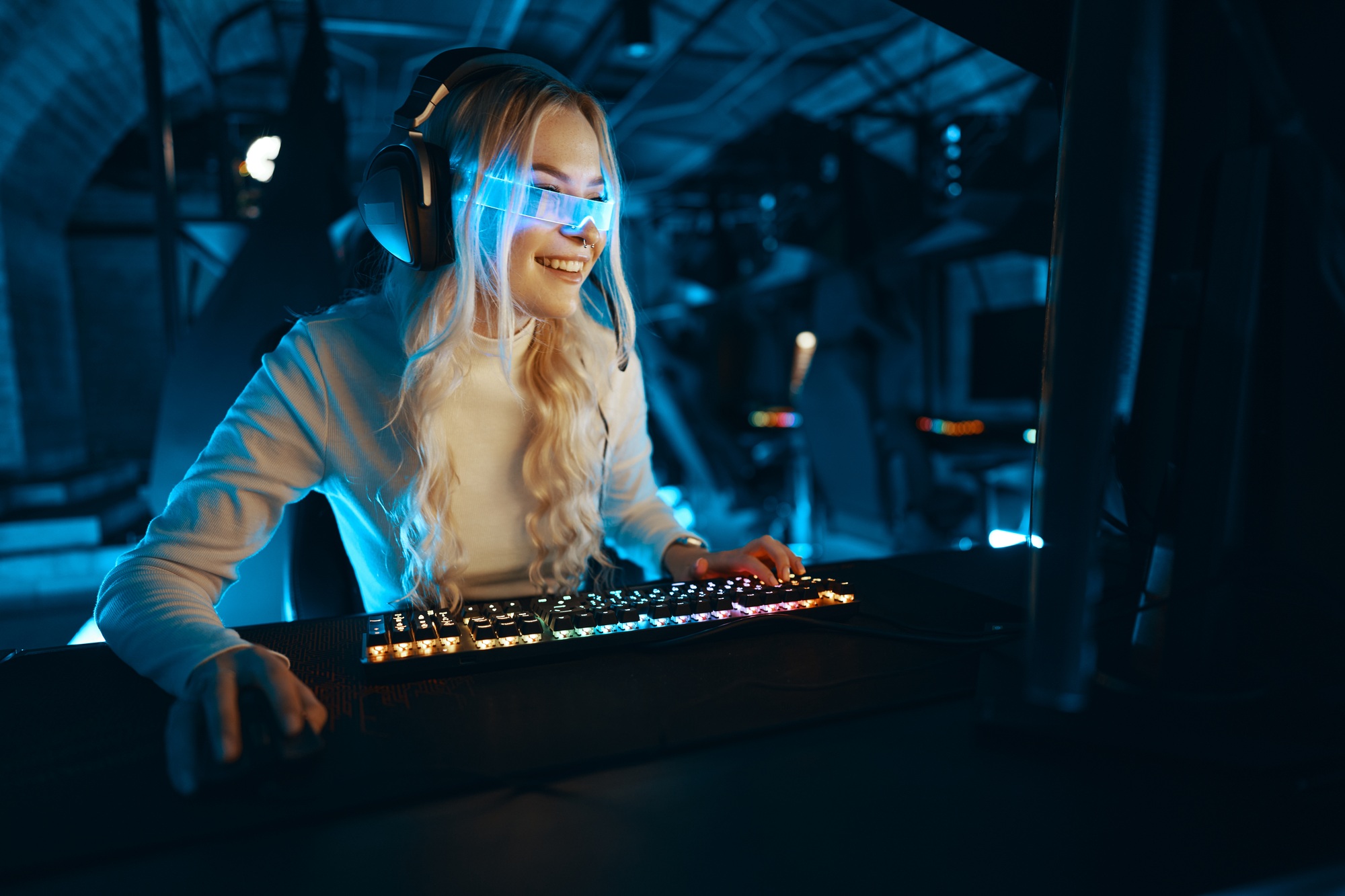In recent years, the conversation around artificial intelligence has shifted from mere automation to a broader debate: can AI truly outsmart human intelligence? A recent interactive exploration by The New York Times delved into this puzzle, comparing the unique strengths and weaknesses of machine learning systems with human cognitive abilities. In this article, we expand on that discussion, exploring how AI is excelling in certain areas while still relying on human intuition and creativity for complex problem solving. We also examine the implications for businesses and society as we navigate this new era of augmented intelligence.

Defining Intelligence: AI and Humans
The Nature of Human Intelligence
Human intelligence is multifaceted. It encompasses creativity, emotional understanding, abstract reasoning, and the ability to learn from diverse experiences. Our brains excel in context, empathy, and adapting to unforeseen challenges. This flexibility allows humans to innovate and solve problems that have never been encountered before.
The Rise of AI Capabilities
Artificial intelligence, by contrast, shines in processing vast amounts of data, identifying patterns, and executing tasks with remarkable speed and accuracy. Specialized AI systems can outperform humans in areas like data analysis, strategic games, and even pattern recognition in medical imaging. However, these systems typically lack the broad, adaptive understanding that characterizes human thought.
AI and Human Collaboration: A Symbiotic Future
Complementary Strengths
Rather than viewing AI and human intelligence as competitors, many experts advocate for a symbiotic approach where each complements the other. AI can handle data-heavy, repetitive tasks and provide deep insights through analytics, freeing humans to focus on creativity, ethical decision-making, and emotional intelligence. This collaboration can drive innovation in industries such as healthcare, finance, and education.
Real-World Applications
- Business Decision-Making: AI-driven analytics help companies forecast trends and optimize operations. However, human insight is crucial for interpreting these forecasts within broader market and cultural contexts.
- Creative Industries: While AI can generate art, music, and literature based on learned patterns, the spark of true creativity still originates from human experiences and emotions.
- Healthcare: AI excels in diagnostic imaging and genetic analysis, but human doctors provide the nuanced care and empathy needed for effective treatment.
Challenges in Measuring “Smarter” Intelligence
Quantifying Intelligence
One of the core challenges is developing metrics that fairly compare AI and human intelligence. Traditional IQ tests capture only a narrow slice of human cognitive abilities, and similar benchmarks for AI are still evolving. While AI can process data at unimaginable speeds, its performance is highly specialized and context-dependent.
Ethical and Societal Considerations
As AI systems become more capable, questions of ethics and control arise. How do we ensure that AI remains a tool for good without exacerbating biases or undermining human agency? Ensuring transparency in AI decision-making and maintaining a balance between automation and human oversight are critical challenges for the future.
The Future of Augmented Intelligence
A New Paradigm for Innovation
The future likely belongs to systems that integrate the best of both worlds—machines that handle complex calculations and data processing, alongside human ingenuity and ethical judgment. This hybrid model of augmented intelligence could redefine industries, boost economic productivity, and even help solve global challenges such as climate change and healthcare crises.
Embracing Change
As businesses and society adapt to these new technologies, the focus should be on leveraging AI as an empowering tool. Continuous research, robust ethical guidelines, and transparent governance will be key to unlocking the full potential of this collaborative future.

Frequently Asked Questions
Q: What does it mean to say AI is “smarter” than human intelligence?
A: When people refer to AI as being “smarter,” they typically mean that AI can process and analyze data faster and more accurately than humans in certain specialized tasks. However, human intelligence encompasses creativity, adaptability, and emotional insight—areas where AI still lags behind.
Q: How can AI and human intelligence work together effectively?
A: AI and human intelligence complement each other by combining the data-processing power of machines with the creativity and ethical judgment of humans. In fields like business, healthcare, and creative industries, this collaboration can lead to more informed decision-making and innovative solutions.
Q: What are the main challenges in comparing AI with human intelligence?
A: The primary challenges include developing fair metrics to measure diverse aspects of intelligence, ensuring ethical use of AI, and addressing the context-dependent nature of AI performance. Additionally, integrating AI without losing the human touch remains a significant challenge for future advancements.
The ongoing exploration of the AI vs. human intelligence puzzle reveals that while AI continues to push the boundaries of data processing and pattern recognition, human intelligence remains indispensable for its creativity, ethical reasoning, and emotional depth. As we move forward, the integration of both forms of intelligence promises to unlock new levels of innovation and societal progress.
Sources The New York Times


